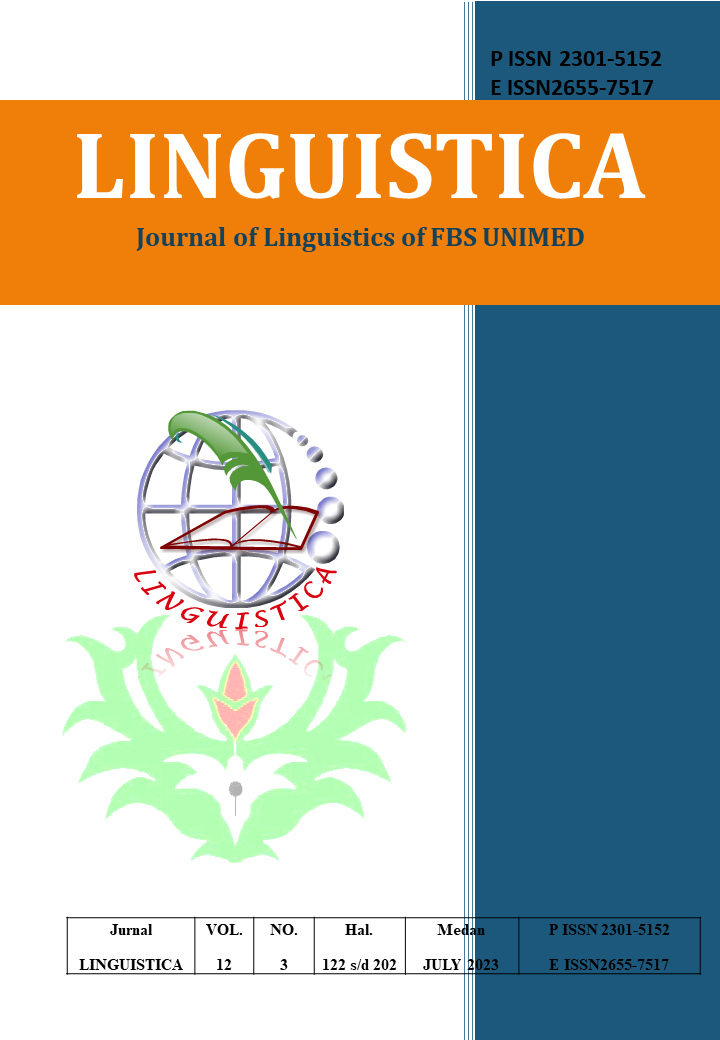DESIGNED-IN SCAFFOLDING: SUPPORTING EFL YOUNG LEARNERS IN CREATING MULTIMODAL TEXTS
DOI:
https://doi.org/10.24114/jalu.v12i3.49501Abstract
The research explored the designed-in scaffolding features implemented by the teacher in the English as a foreign language (EFL) young learner classroom to support young learners in creating multimodal texts. The research used scaffolding theory proposed by Hammond and Gibbons (2005) which categorized scaffolding into two fragments: designed-in and interactional scaffolding. The research was conducted in one of the elementary schools in Bandung. It involved one teacher who taught 18 students in 4th grade. The data were gained from classroom observation and teacher™s lesson plans. The findings revealed that the features of designed-in scaffolding were employed by the teacher in planning and implementing the lesson in the classroom. This research also found that following the designed-in scaffolding features could lead the teacher to structure and provide activities, tasks, and multimodal exposures for the students to be familiar with the multimodal texts. Hence, this research resulted in the pedagogical implication to encourage the teacher to be aware of scaffolding. If the teacher could provide an appropriate scaffolding, the students could gain the assistances, supports, and multimodal exposure for young learners to learn and create multimodal texts.Downloads
Published
2023-08-02
How to Cite
WARNDINI, T. R., DAMAYANTI, I. L., & AMALIA, L. L. (2023). DESIGNED-IN SCAFFOLDING: SUPPORTING EFL YOUNG LEARNERS IN CREATING MULTIMODAL TEXTS. LINGUISTICA, 12(3), 136–154. https://doi.org/10.24114/jalu.v12i3.49501
Issue
Section
Articles
License
Copyright (c) 2023 TIRA ROSTIA WARNDINI, IKA LESTARI DAMAYANTI, LULU LAELA AMALIA

This work is licensed under a Creative Commons Attribution-ShareAlike 4.0 International License.
Authors who publish with this journal agree to the following terms:
- Authors retain copyright and grant the journal the right of first publication with the work simultaneously licensed under a Creative Commons Attribution License that allows others to share the work with an acknowledgment of the work's authorship and initial publication in this journal.
- Authors are able to enter into separate, additional contractual arrangements for the non-exclusive distribution of the journal's published version of the work (e.g., post it to an institutional repository or publish it in a book), with an acknowledgment of its initial publication in this journal.
- Authors are permitted and encouraged to post their work online (e.g., in institutional repositories or on their website) prior to and during the submission process, as it can lead to productive exchanges, as well as earlier and greater citation of published work (See The Effect of Open Access).
- This work is licensed under a Creative Commons Attribution-ShareAlike 4.0 International License.









